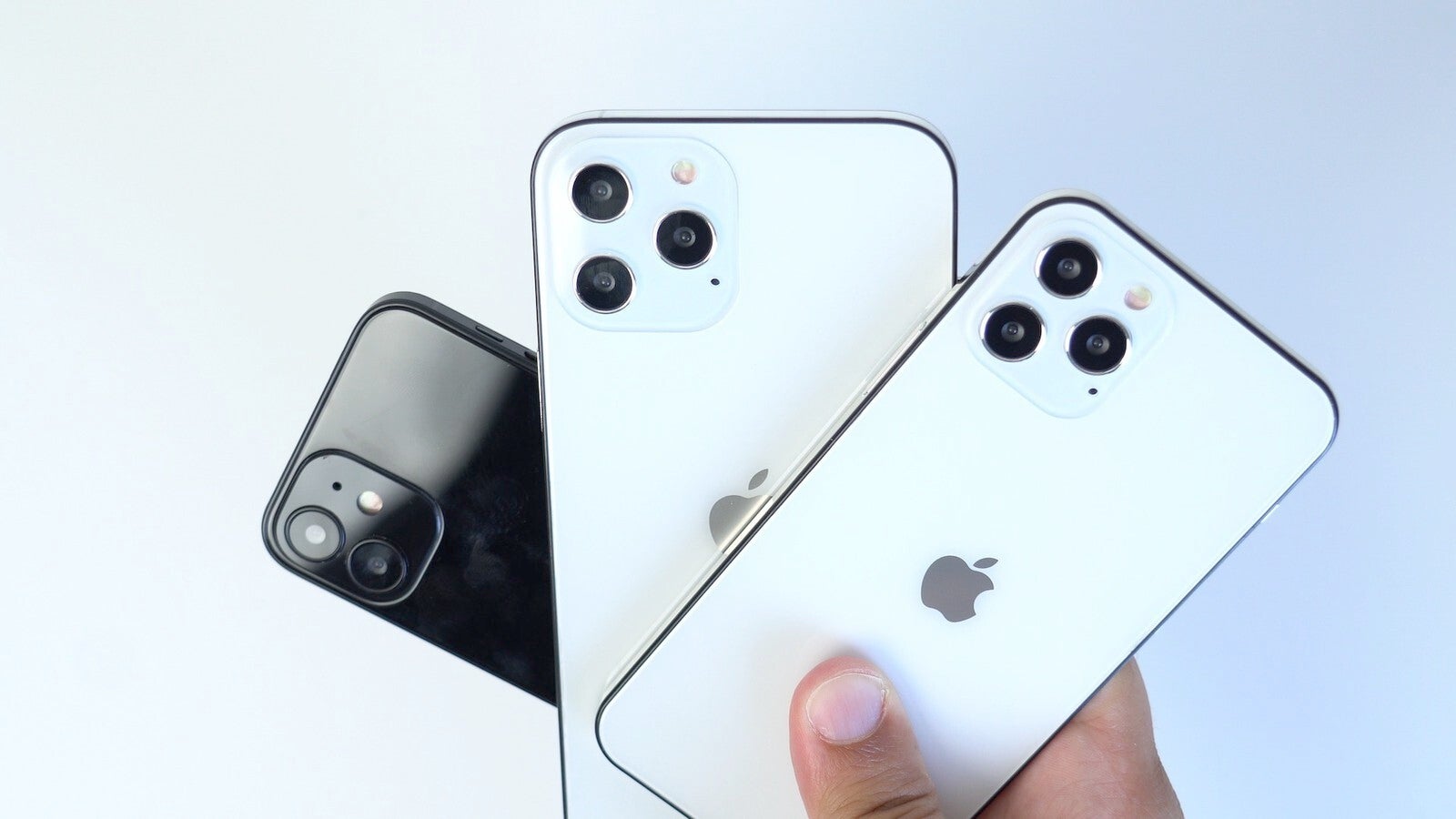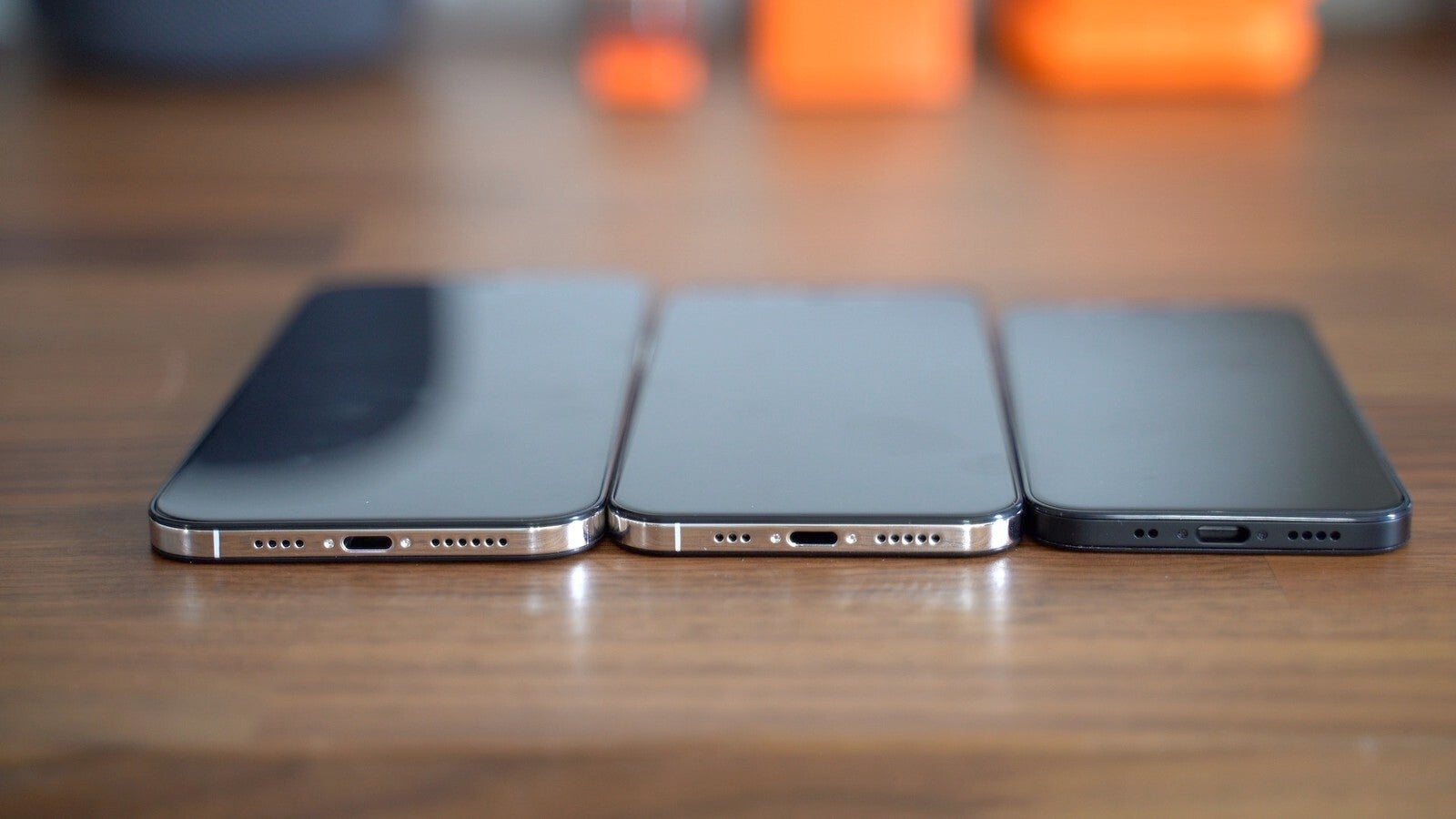Latest dummy units for the 5G Apple iPhone 12 series remain in line with previous rumors and leaks

There is iPhone for Dummies and there are dummies for iPhones. MacRumors obtained dummy units representing the three screen sizes of the Apple iPhone 12 line we expect to see unveiled later this year: 5.4-inches, 6.1-inches, and 6.7-inches. Of course, the first thing that you will notice is the return to the flat sides that made the 2010 iPhone 4 design a fan favorite. Apple kept the flat sides through the iPhone 5s before switching to the rounded sides that are seen on the iPhone 11 family.
The dummies are made for case manufacturers using leaked specs and schematics so that they can get an early start producing cases for the next-generation iPhone models. That is why you shouldn't look at the number of cameras on the back of each unit. Just as previous dummies of the iPhone 12 that we showed you were termed "incomplete" in terms of the cameras, just remember why these dummies were made and you'll understand why it doesn't matter to a case manufacturer whether the iPhone 12 has two or three cameras on the module found on the back of the handset.
The dummy models are made to help case manufacturers get a head start on producing their accessories
Thanks to the continued use of the notch, the 5.4-inch iPhone 12 is smaller in the hands than the 4.7-inch iPhone SE (2020). The iPhone 12 Pro, at 6.1-inches, is obviously bigger than last year's 5.8-inch middle child, the iPhone 11 Pro. And the upcoming iPhone 12 Pro Max will be the largest handset Apple has ever produced. Not only because of the 6.7-inch display
but because of the size of the unit's body. But since we broached the subject, when we talk about the displays, the question is whether we will see a faster refresh rate than the old-school 60Hz that the current iPhone models employ. Earlier this year, the word was that the "Pro" versions would be equipped with displays that refresh 120 times a second (120Hz). But some tipsters see this feature debuting in 2021.

Dummy models representing the 5.4-inch, 6.7-inch, and 6.1-inch screen sizes of the iPhone 12 series
All four new iPhones will have 5G connectivity although the standard variants might work with the slower sub-6GHz signals only. The iPhone 12 Pro and iPhone 12 Pro Max should connect to the sub-6GHz and the faster (but harder to find) mmWave signals. The iPhone 12 line will feature nothing but OLED panels. When it comes to memory, the standard phones are expected to come with 4GB of RAM compared to 6GB on the premium units. And for the first time in iPhone history, the 2020 devices should start with 128GB of storage.
The big question as far as the cameras are concerned is whether the standard (read non-Pro) models will feature the LiDAR depth sensor. First introduced on the 2020 iPad Pro tablets, this is a time-of-flight sensor that measures how long it takes for an infrared light to bounce off of a subject and return to the phone. Armed with this data, calculations are made that allow the LiDAR sensor to help deliver improved AR capabilities and improved bokeh blurs on portraits. Besides the depth sensor, the "Pro" models are expected to sport Wide, Ultra-wide, and Telephoto cameras with 3x zoom. The standard models should be equipped with Wide and Ultra-wide snappers (besides the LiDAR sensor-possibly). Less than a week ago, reliable analyst Ming-Chi Kuo told TF International clients that Apple will use seven-element lenses on the upcoming phones; this should produce clearer and sharper images than the five-element and six-element lenses used on the 2019 handsets.

No USB-C port here.
More importantly, the analyst said that camera lens supplier Kargan is four to six weeks behind schedule because of the COVID-19 pandemic. This could push back the release date for the first 5G iPhone models to mid-October or early November.
Follow us on Google News











Things that are NOT allowed:
To help keep our community safe and free from spam, we apply temporary limits to newly created accounts: